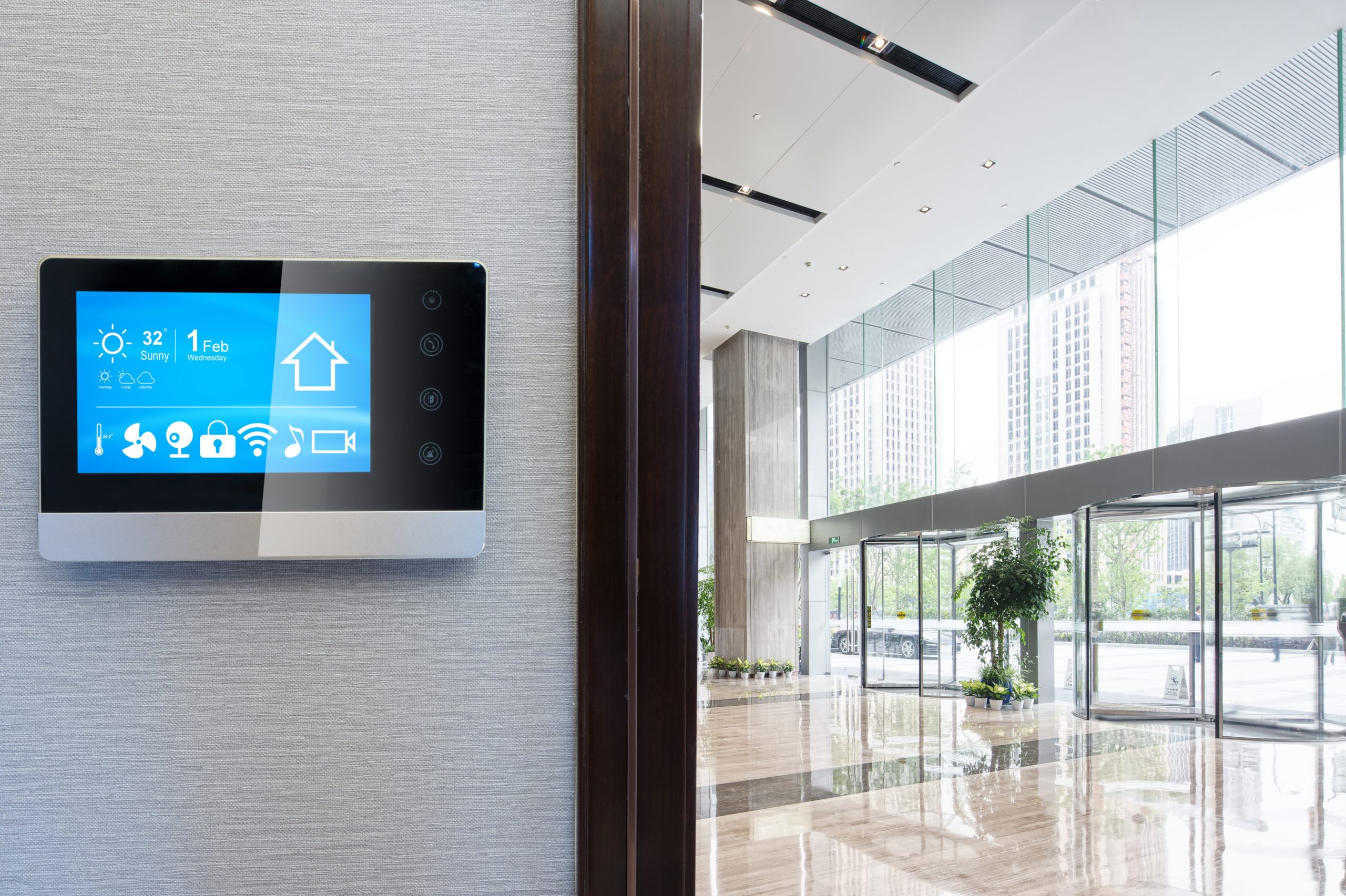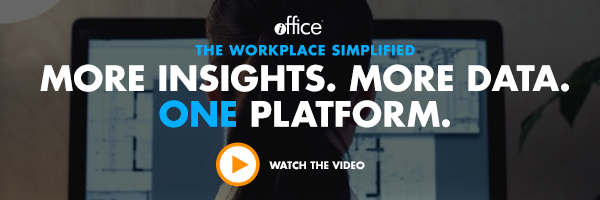How Will a Smart Office Improve Your Bottom Line?


The Internet of Things has already had a dramatic impact on consumers. With the automation of home devices using smart thermostats and WiFi-enabled appliances such as robotic vacuums and refrigerators, technology is changing the way people engage with the most basic household tools.
At the same time, our expectations for smart technology have seeped into the business realm, with more and more office spaces making the transition to “smart offices.”
These intelligent workplaces are defined by the integration of technology into the physical workspace, helping companies save money, see greater efficiencies and boost employee productivity. According to research by MarketsandMarkets, the total market size of smart offices is expected to reach more than $43 billion by 2020.
But what really comes with a smart office? And what can businesses expect as the return on investment after  integrating office devices and processes with intelligent technology? Here are three ways a smart office can help you boost the efficiency and productivity of your workplace.
integrating office devices and processes with intelligent technology? Here are three ways a smart office can help you boost the efficiency and productivity of your workplace.
Better Energy Utilization
Automated lighting was one of the earliest ways facilities managers could optimize energy consumption. Now, modern smart offices are applying technology in more ways to optimize resources and reduce costs.
One example of integrated technology to manage facilities is with remotely monitored HVAC units. By using apps to remotely control temperatures across individual floors and conference rooms, you can better manage resource allocation and cut down on wasted energy and utilities.
Improved Employee Experience and Higher Productivity
Your employees are your greatest asset, and the smartest offices leverage technology to make sure their staff are as happy and productive as possible.
 For example, flexibility and the ability to use technology to get work done efficiently are critical to the employee experience. Research shows 77 percent of millennials say that flexible work hours would make the workplace more productive.
For example, flexibility and the ability to use technology to get work done efficiently are critical to the employee experience. Research shows 77 percent of millennials say that flexible work hours would make the workplace more productive.
With the right tools in place to promote connectivity from anywhere—such as integrated on-demand video conferencing, live chat and cloud-based project management tools—employees who crave flexibility will be able to be as productive as possible while working wherever and whenever they want.
Enhanced Recruiting Efforts and Retention
Connected office spaces are highly appealing to the modern workforce, mainly due to the fact that these technologies make teams more efficient.
When you’re looking to recruit new talent, high-quality candidates will be more attracted to businesses that are using smart technology to enhance the workplace while giving employees the opportunity to do their best work.
Implementing smart technology in your workplace will likely require a noticeable financial investment as well as reallocating resources, but it doesn’t have to be done all at once. Companies can take a phased approach to updating their workplace and still see the benefits. The most important thing is to use the smart technology that makes sense for the business and not just use whatever is the most popular.
How can you turn your office into a workplace of the future? Get expert advice from industry leaders in our free eBook. Get your copy now!
